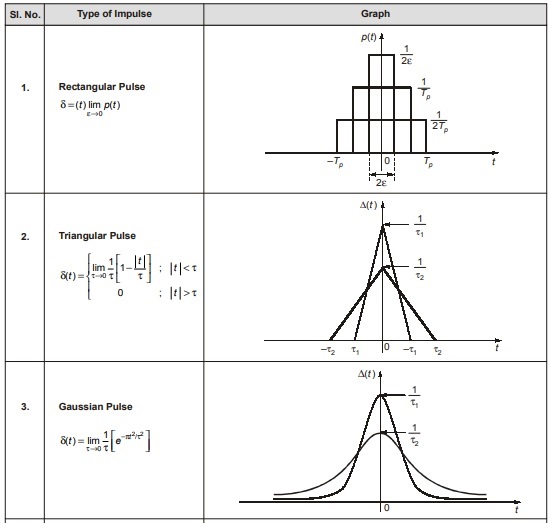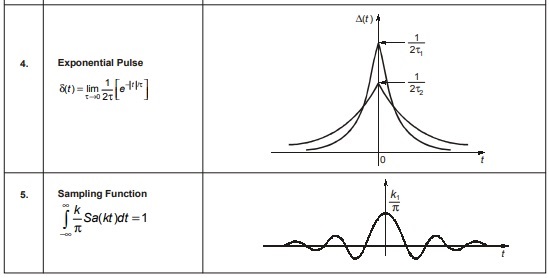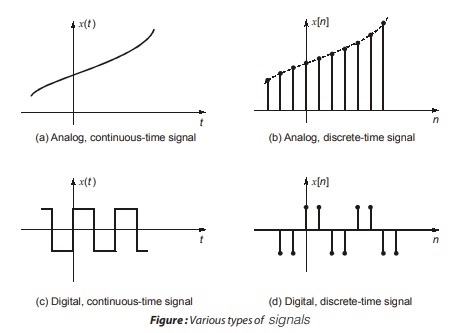Signals
A signal is any quantity having information associated with it. It may also be defined as a function of one or more independent variables which contain some information.
The function defines mapping from one set to another and similarly a signal may also be defined as mapping from one set (domain) to another (range). e.g.
- A speech signal would be represented by acoustic pressure as a function of time.
- A monochromatic picture would be represented by brightness as a function of two spatial variables.
- A voltage signal is defined by a voltage across two points varying as function of time.
- A video signal, in which color and intensity as a function of 2-dimensional space (2D) and 1-dimensional time (i.e. hybrid variables).
Note:
In this course of “signals and systems”, we shall focus on signals having only one variable and will consider ‘time’ as independent variable.
Elementary Signals
These signals serve as basic building blocks for construction of somewhat more complex signals. The list of elementary signals mainly contains singularity functions and exponential functions.
These elementary signals are also known as basic signals/standard signals. Let us discuss these basic signals one-by-one.
Unit Impulse Function
A continuous-time unit impulse function δ(t), also called as Dirac delta function is defined as

The above definition of an impulse function is more generalised and can be represented as limiting process without any regard to shape of a pulse. For example, one may define impulse function as a limiting case of rectangular pulse, triangular pulse Gaussian pulse, exponential pulse and sampling pulse as shown below:


Classification of Signals
Signals are classified based upon independent variable and function value.
• Continuous-time and discrete-time signals
• Analog and digital signals
• Periodic and aperiodic signals
• Energy and power signals
• Even and odd signals
• Deterministic and random signals
• Causal, anti-causal and non-causal signals
• Bounded signals and unbounded signals
Continuous-time and Discrete-time Signals:
The terms continuous-time and discrete-time are used to represent the nature of signal with respect to time. A signal, as stated earlier is defined as mapping from one set (domain) to another (range). In certain cases, if the independent variable(t) is continuous i.e. the elements of domain set have continuity associated with them, such signals are termed as continuous time signals.
In general, the signals that are defined for every instant of time are known as continuous time signals. e.g. force pattern and speech signal speech signal etc.
On the other hand, certain signals are defined for discrete instant of independent variable[n] are known as discrete-time signals.
e.g. population count of a country and marks of students in a class marks of students in a class etc.
In general, discrete time signal is defined only for integer values of independent variable generally time interval
is same, but it is not always so.
Analog and Digital Signals
The terms analog and digital digital are used to represent the nature of amplitude (signal value). If the amplitude of a signal takes all possible real values in the continuous range, the signal is said to be analog signal.
On the other hand, a digital signal is one whose amplitude take some specific values in its dynamic range. Based upon above discussion four combinations are possible:


